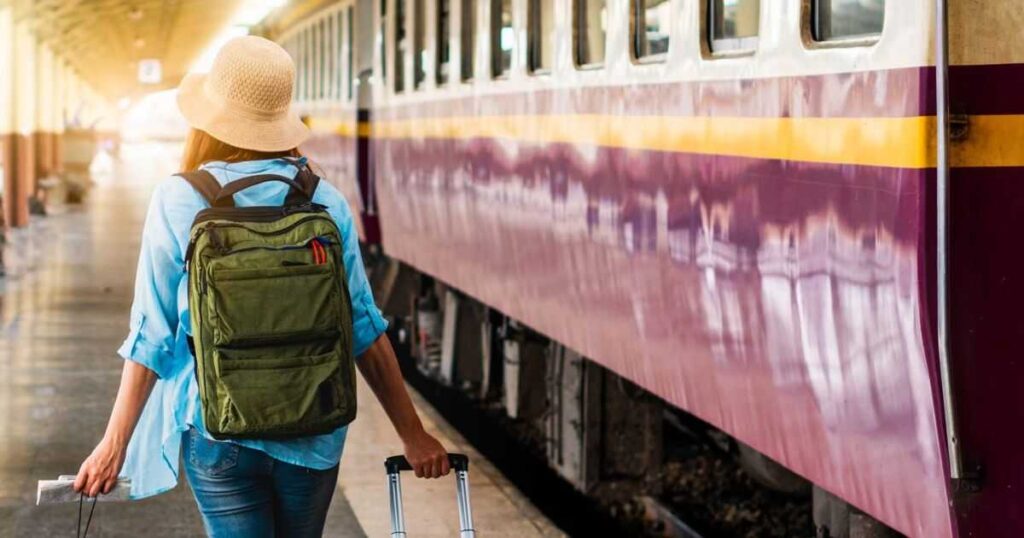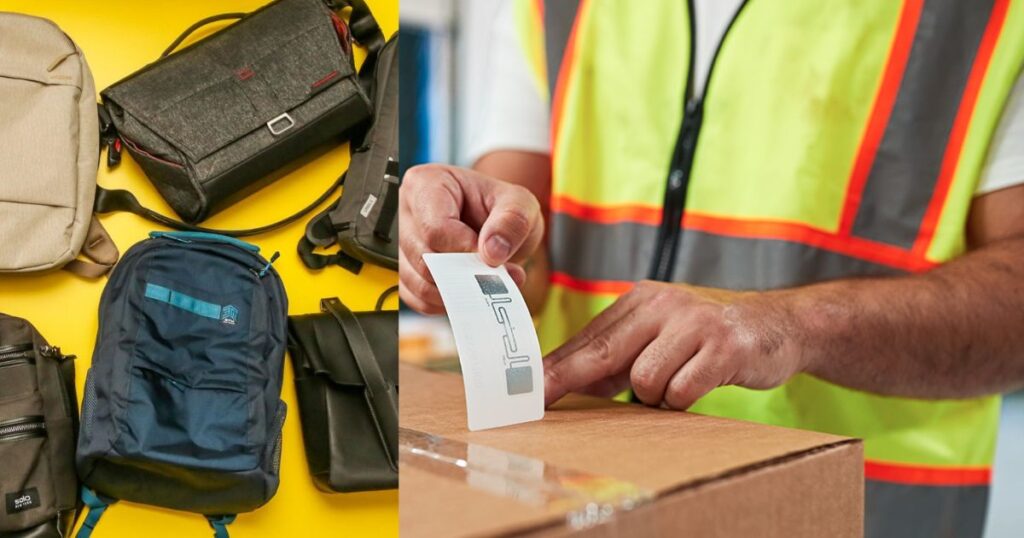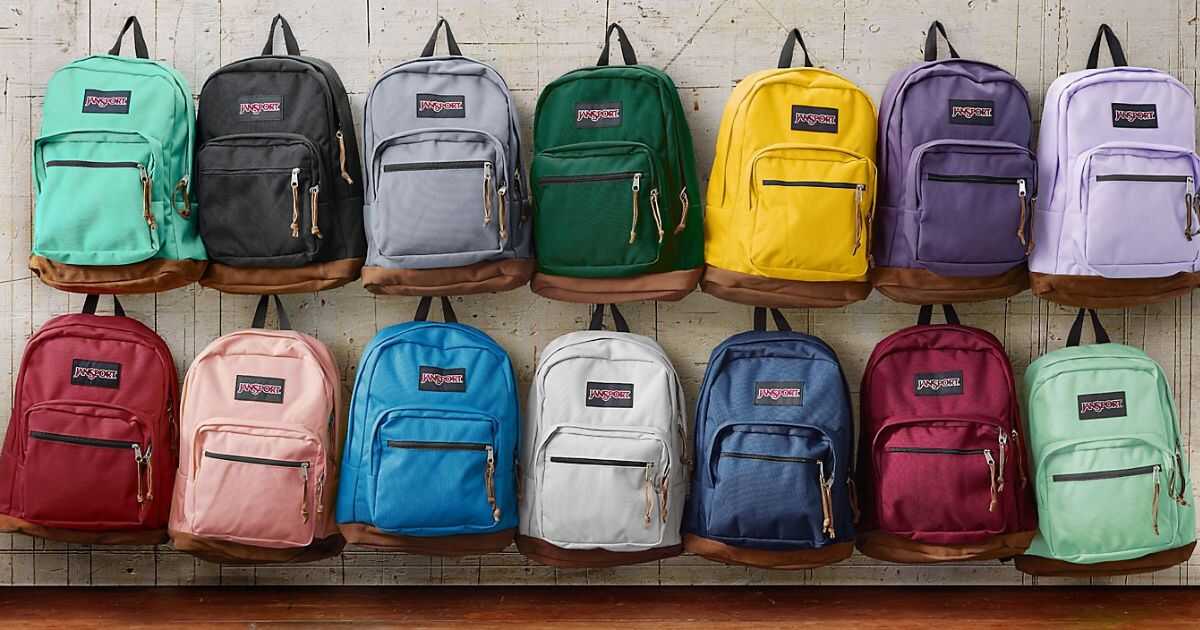Did you know that Jansport, one of the leading backpack brands, produces over 8 million backpacks annually? As consumers, we often wonder where our products are made and the impact they have on the economy.
In this article, we will explore the manufacturing locations of Jansport backpacks, their sustainability practices, and the quality control measures they implement. Understanding these aspects not only allows us to make informed purchasing decisions but also fosters a sense of belonging with a brand that values transparency and ethical practices.
Key Takeaways
Jansport backpacks are manufactured in Vietnam, China, and the United States, with production locations chosen based on cost, efficiency, and supply chain resilience.
Diversifying production locations allows Jansport to meet global demand, minimize costs, and mitigate risks.
Jansport implements sustainable practices throughout the supply chain, including the use of recycled materials, ethical labor practices, and promoting worker well-being.
Jansport’s commitment to quality, craftsmanship, and attention to detail has earned them a strong reputation and a loyal customer base.
Manufacturing Locations
The selection of optimal manufacturing locations involves careful consideration of cost, efficiency, and supply chain resilience. When it comes to manufacturing Jansport backpacks, the company has chosen to diversify its production locations. This strategy ensures that they can meet global demand while minimizing costs and risks.
Jansport backpacks are made in several countries, including Vietnam, China, and the United States. This global manufacturing approach allows Jansport to maintain a competitive edge and provide customers with high-quality products that they can proudly own. Wondering for more information on this topic A Backpack Warrior
Sustainability Practices

To ensure the long-term viability of their business, Jansport has implemented sustainable practices that encompass the entire supply chain, from sourcing eco-friendly materials to reducing waste through recycling initiatives.
Sourcing: Jansport works with suppliers who prioritize sustainable materials, such as recycled polyester and organic cotton.
Manufacturing: The company partners with factories that adhere to ethical labor practices and promote worker well-being.
Packaging: Jansport utilizes packaging made from recycled materials and encourages customers to recycle their packaging after use.
History of Jansport
As we delve into the history of Jansport, it is evident that the brand’s commitment to quality and innovation has been a defining factor in its success. Jansport has always strived to provide durable and reliable backpacks that cater to the needs of its customers.
With a strong focus on craftsmanship and attention to detail, Jansport has established itself as a trusted brand among those who seek belonging and reliability in their everyday lives. Now, let’s explore the quality control measures that contribute to Jansport’s reputation.
Quality Control Measures
To ensure the highest standards of quality, Jansport implements rigorous quality control measures throughout every stage of the manufacturing process. These measures include:
Regular inspections of raw materials to ensure they meet quality specifications
Testing of prototypes to identify any potential design flaws or weaknesses
Monitoring of production lines to ensure consistency and adherence to quality standards
Impact on the Economy
The impact on the economy of Jansport’s commitment to quality is evident in its continued success and strong reputation in the market. As a brand that values belonging, Jansport understands the importance of providing reliable and durable products.
This commitment has not only earned them a loyal customer base but has also contributed to the overall growth of the economy. Jansport’s dedication to quality has created jobs and stimulated economic activity, making it a valuable contributor to the market.
The Manufacturing Process

During the manufacturing process, Jansport utilizes precise techniques and state-of-the-art machinery to ensure the production of a large quantity of high-quality backpacks. This commitment to excellence is evident in their meticulous attention to detail and dedication to customer satisfaction. The manufacturing process at Jansport includes the following steps:
- Design and prototyping
- Material selection and cutting
- Stitching and assembly
These steps are all carried out with the utmost precision and care, resulting in backpacks that are durable, stylish, and perfect for those who desire a sense of belonging and quality in their everyday lives.
Countries of Production
Several countries, including China, Vietnam, and Mexico, are involved in the production of Jansport backpacks to meet the high demand for their products worldwide. This global collaboration showcases the diverse and interconnected nature of the manufacturing process.
By involving multiple countries, Jansport ensures that their backpacks are produced efficiently and quickly. This global production also fosters a sense of belonging among Jansport customers, as they can take pride in owning a product that represents a global community of craftsmanship and quality.
Conclusion
Globalized world, the origins of Jansport backpacks reveal a complex manufacturing process that spans different countries. Despite their sustainability practices and quality control measures, the impact on the economy remains a mixed bag.
As consumers, we may never truly know the true story behind our beloved backpacks. So next time you pack your Jansport, remember the mysterious journey it took to reach your shoulders and let that ignite your curiosity and appreciation.

BagisPack.com: Your ultimate travel companion. Explore expert travel tips, packing guides, and destination insights. Empowering adventurers with essential advice for seamless journeys around the globe.








